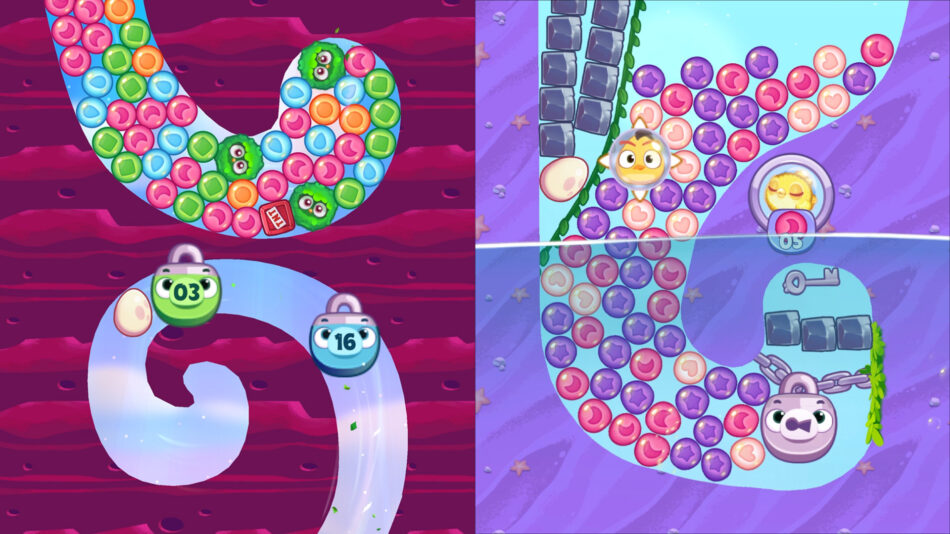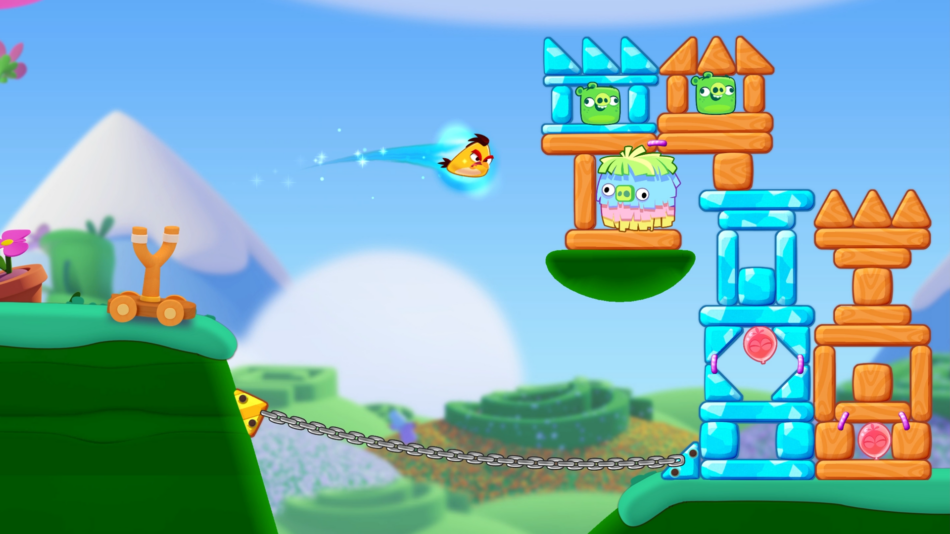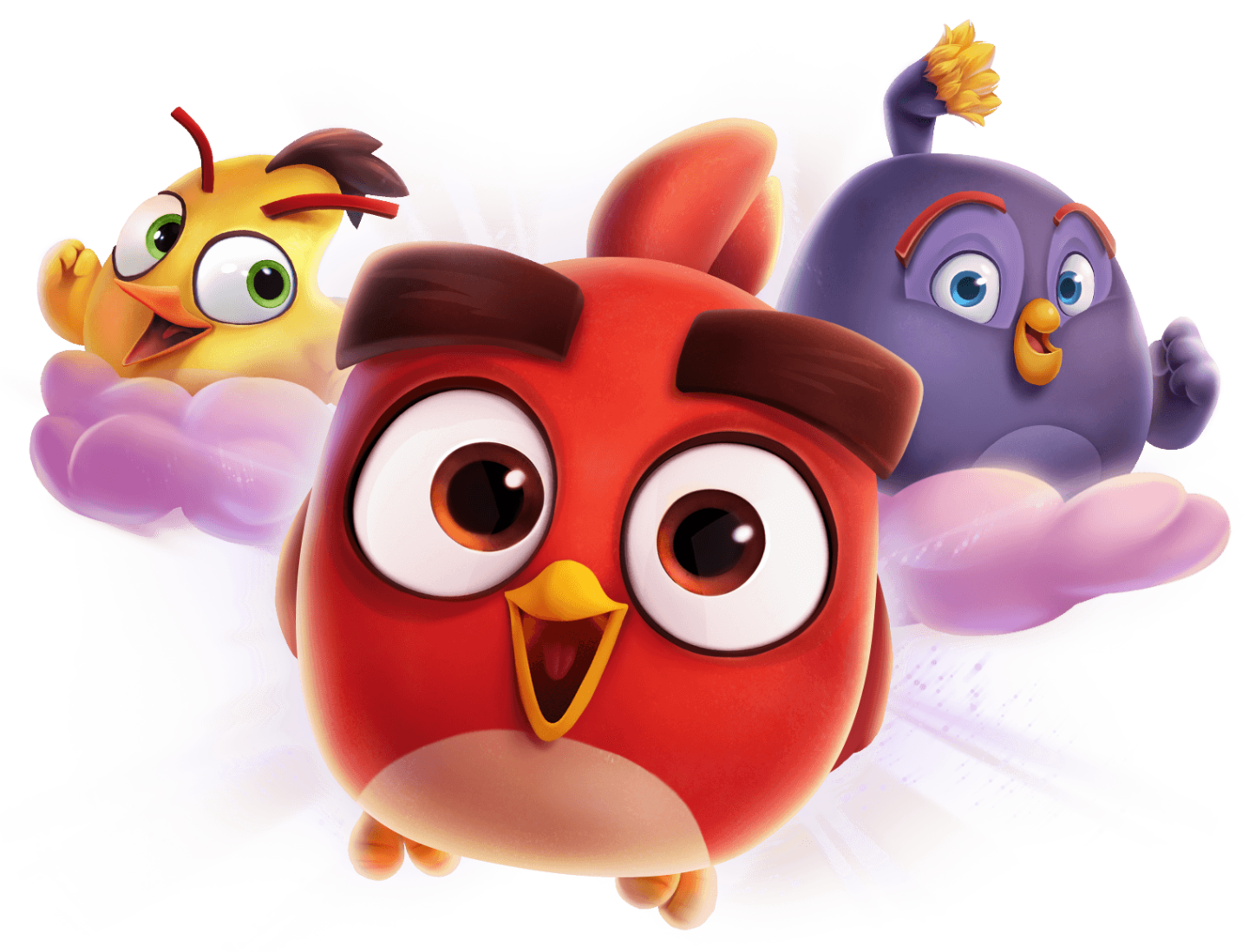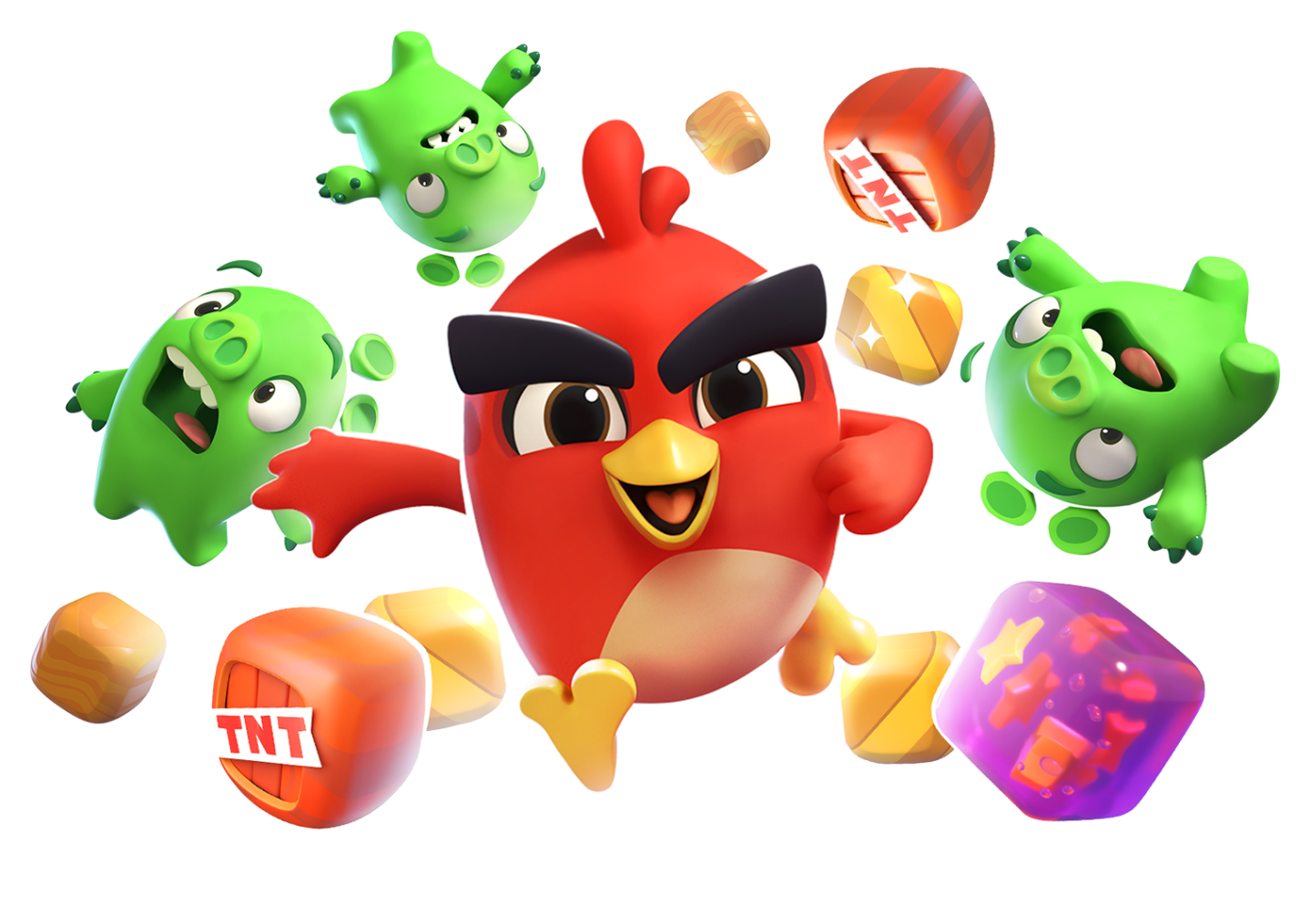

What goes into making levels? What even is a level? Level designer Matti Delahay provides a look into the craft behind the levels in Rovio games.
Level designers are at the core of Rovio games. After all, a large part of what keeps players returning to our games is the thrill of pulling off the perfect shot, making a perfect match, or formulating the perfect strategy for victory – all things that happen while playing levels.
But what goes into creating the levels that appear in Rovio games? Level Designer, and Level Design Craft Lead, Matti Delahay is here to break down what level designers do at Rovio and how they craft levels that fit our games with the right mix of challenge and fun.
Written by: Matti Delahay, Craft Lead, Level Design
A level can mean many things – a simple number grid in a sudoku game, a section of a lush island in an adventure game, an outlined image in a coloring game, the race track in a driving game, or even the lineup of cards or tiles in a solitaire puzzle, and anything in between.
What do all of these different “levels” have in common? While different in their form and rules, they’re all arrangements of individual pieces and mechanics into a fun experience with just the right balance of challenge and luck, familiar and new. In short, they’re the glue that holds everything else together and binds into the experience you get when you start playing.
At the Puzzle Studio, we specialize in puzzle games for mobile devices, which narrows it down a bit, but still includes a lot of variety. Our puzzle levels range from an arrangement of towers populated by green piggies to a grid of colorful fruit or a freeform shape full of freely rolling bubbles, falling from screen to screen as the player makes progress.

While the puzzle levels can look deceptively simple, the amount of work and passion that goes into them is not to be underestimated. Everything from the different objects and goals you encounter to the shape and layout on the screen and from the amount of moves you have at your disposal to the evolution of the experience when you pass through different parts of a level have been painstakingly designed, tested and adjusted by the level team to be what we believe creates the best experience.
We aspire to create experiences that are easy to pick up whenever you have a moment to spare, but have enough variation and depth to keep players entertained for years.
Important as it is, in our day to day work making new levels is just one task among many. Everything from the moment the player presses the play button to the level complete screen is the level designers’ domain. Beyond the individual level, level designers also work on the wider cadence of difficulty and pace of new level types and puzzle pieces introduced throughout the game, all while keeping in the loop for all other parts of the game that might affect the player’s experience of playing the levels. For example, a live event that challenges the players to beat levels on the first try completely changes the experience without any change in the levels themselves. Our level designers also ideate, design and test all the new puzzle pieces – objectives, helpers and obstacles alike – that keep the experience fresh over thousands of levels. This involves a lot of brainstorming, planning and close cooperation with experts of other fields, including programmers, artists, animators, game designers, user experience designers and the audio team to name a few.

As hard as we try, we don’t always get it right the first time – sometimes we make a level that is so easy it feels boring, or frustratingly hard. Sometimes something that we think is a clever twist in a puzzle makes playing more frustrating, not more exciting. Sometimes a level simply does not work the way it was meant to work, whether due to technical issues or just human error. The worst offenders we usually catch in our playtesting phase, but every now and then we find ourselves in the situation where the players are having a bad experience with a section of the game.
This is another part of the level designers’ work – constantly keeping a finger on the pulse of the game, looking at the numbers depicting the overall flow of players moving through different parts of the game and keeping an eye on any signs of trouble. Data alone just points us where to look – in the end it’s down to the level designer to give the level a closer inspection and figure out the best solution.
While levels are just one part of what makes a fun and successful game, disregarding levels can certainly ruin an otherwise promising game. A puzzle game with incredible potential will find it very hard to satisfy the players if the puzzles themselves are not presented in a fun, engaging and easily understandable form. It’s only when the different parts play smoothly together that we can really serve our players the best possible experience.
Making something feel both satisfying and challenging, familiar and fresh for a wide variety of players is no mean feat, and neither is keeping the game fresh even after thousands of levels for our amazing players while staying true to what made it fun to begin with. Making these simple-looking games can get incredibly complicated, but I couldn’t ask for better colleagues than my fellow designers at Puzzle Studio to tackle the problem with.
Open positions in Level Design:
Games in this article:
-
![]()
![]()
Angry Birds Dream Blast
Life is a bubble-popping dream in a new puzzle game with a gameplay style never-before-seen in an Angry Birds game.
View Game -
![]()
![]()
Angry Birds Journey
Join an all-new Angry Birds game full of fun puzzles and delightful destruction! Use the slingshot to blast blocks as you adventure through fantastic worlds.
View Game





